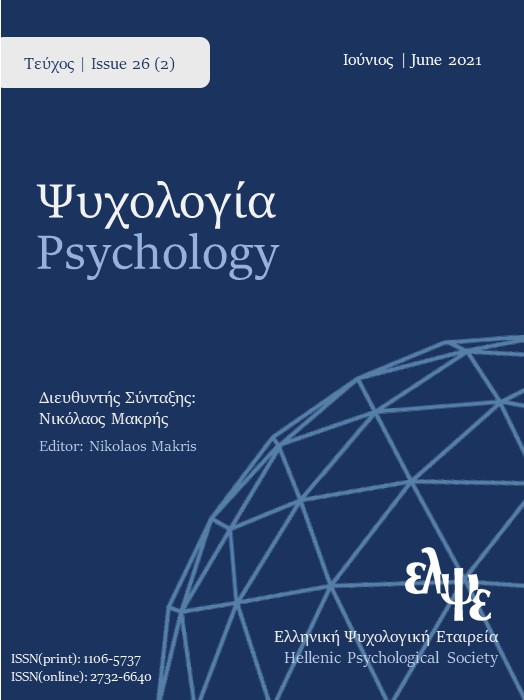The therapeutic relationship in long-term group systemic psychotherapy: a qualitative approach

Abstract
The therapeutic relationship has been highlighted as a major mechanism of therapeutic change in current literature. Existing research has focused on certain qualities of the therapist, such as empathy, acceptance and authenticity, as well as of the client, such as the quality of their interpersonal relationships and their expectations, which enhance the therapeutic alliance. Less is known about the importance of the therapeutic relationship in long-term systemic group therapy. Ten semi-structured interviews were conducted with clients who had completed long-term group therapy following an enriched systemic approach SANE - System Attachment Narrative Encephalon®. Participants were invited to talk about their personal experience of group therapy 2-8 years after its completion. Three higher order themes and six subthemes emerged related to the therapeutic relationship. The higher order themes are: (1) the role of the therapist; (2) the function of the therapist; (3) the qualities of the therapist. The subthemes are: 1.a) the therapist as a source of safety; 1.b) the therapist as a parental role model; 2.a) the expression of the therapist’s feelings; 2.b) the client’s transition from dependency to autonomy; 3.a) the therapist’s personality traits; 3.b) the therapist’s professional role fulfillment. The study aims to contribute to the bibliography of process research of long term group therapy from the clients’ perspective, in order to clarify the parameters of the therapeutic relationship the clients consider more important and helpful.
Article Details
- How to Cite
-
Bafiti, T. (2021). The therapeutic relationship in long-term group systemic psychotherapy: a qualitative approach. Psychology: The Journal of the Hellenic Psychological Society, 26(2), 127–148. https://doi.org/10.12681/psy_hps.26889
- Section
- SPECIAL SECTION

This work is licensed under a Creative Commons Attribution-ShareAlike 4.0 International License.
The journal PSYCHOLOGY adopts a Platinum open-access policy. Submission, processing or publication costs are waived by the Hellenic Psychological Society. Papers published in the journal PSYCHOLOGY are licensed under a 'Creative Commons Attribution-ShareAlike 4.0 International' licence. The authors reserve the copyright of their work and grant the journal the right of its first publication. Third-party licensees are allowed to use the published paper immediately after publication as they wish, provided they retain the defined by the license copyright formalities, regarding the reference to its author(s) and its initial publication in the journal PSYCHOLOGY. Moreover, any adjusted work should be shared under the same reuse rights, so with the same CC license.


